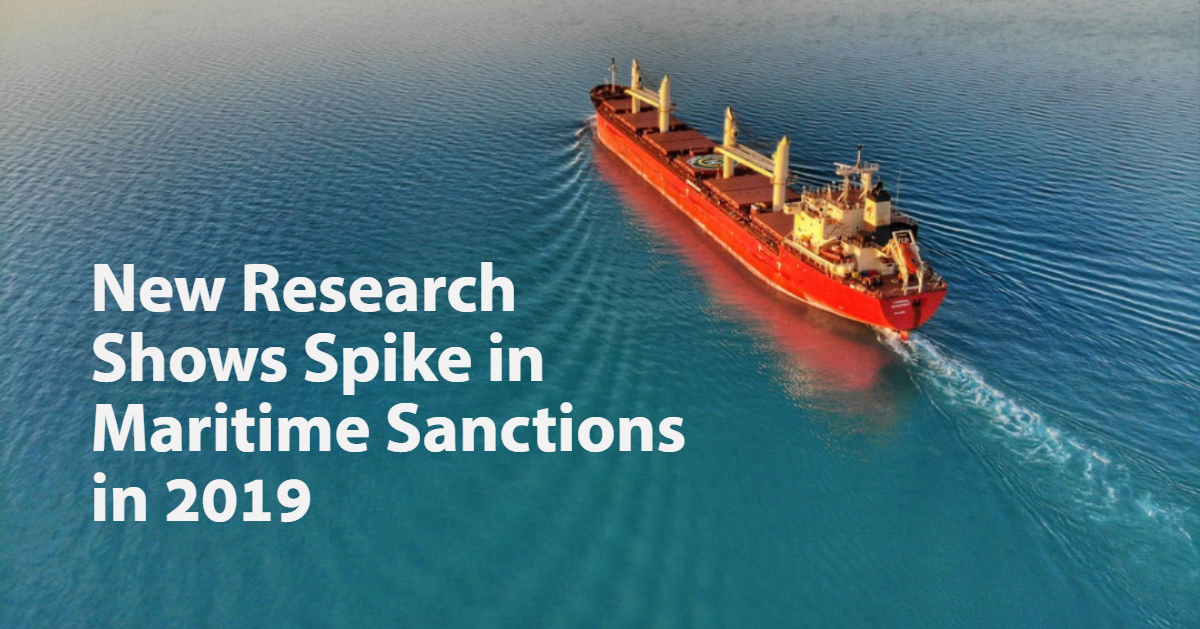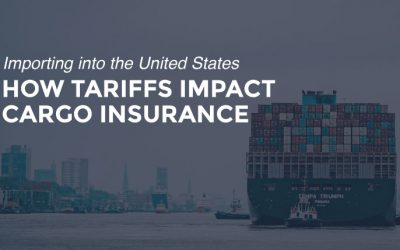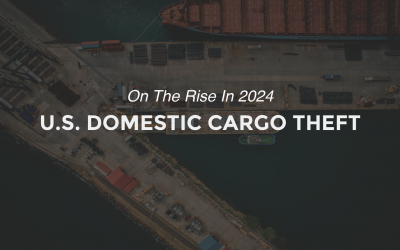New data reveals a major spike in maritime sanctions over the last year, demonstrating the impact of an ever-changing international trading environment.
It’s always been critical that your company’s bonded cargo paperwork is accurate and complete, but if you’ve noticed increased scrutiny by U.S. officials over the last year, you’re not alone.
According to research by financial risk assessment firm Accuity, sanctions against maritime vessels have increased as much as 164% over the last year – a startling statistic for those operating in international trade.
The United States Office of Foreign Assets Control (OFAC), which operates under the umbrella of the Department of Treasury, has increased its list of sanctions 37% overall from July 2018 to July 2019, but shipping vessels have seen the most scrutiny during this period.
Due to their importance to the continuous flow of goods via international trade, vessels are a likely target for authorities if their cargo, country of origin, or destination raises red flags. But with the recent round of sanctions against the Dailian subsidiary of China’s COSCO, one of the world’s largest shipping conglomerates, the level of confusion – and reason for concern – have risen rapidly.
The market has responded in kind. With the sanctions in place and another round of attacks on Middle Eastern tankers, daily rates for VLCCs (very large crude carriers) have reportedly risen to $300,000 per day. Individual bookings are being estimated at much higher levels.
OFAC has been slow to identify sanctioned ships and charterers have responded by avoiding any vessel that could conceivably become sanctioned. But even then, ships that enter sanctioned territorial waters by accident can result in sanctions against both the vessel and the companies with goods onboard.
While last week spurred optimism in the form of a handshake agreement to a truce in the trade war between China and the United States, the former has pumped the brakes in recent days, saying they want to hold more talks in order to nail down the details of a “phase one” deal.
After a two-day meeting in Washington, both sides came to a temporary agreement to delay an increase to 30% on nearly $250 billion in goods that was to take effect on October 15th – a move that saw positive market response in both the United States and China.
Sanctions on Chinese cargo vessels, however, have not been lifted. It’s unclear whether the results of the ongoing negotiations will impact the existing sanctions – and increased scrutiny by the U.S. – of inbound vessels, but needless to say, those operating in international trade should continue to follow closely and move carefully as the standoff between these two economic giants continues.







